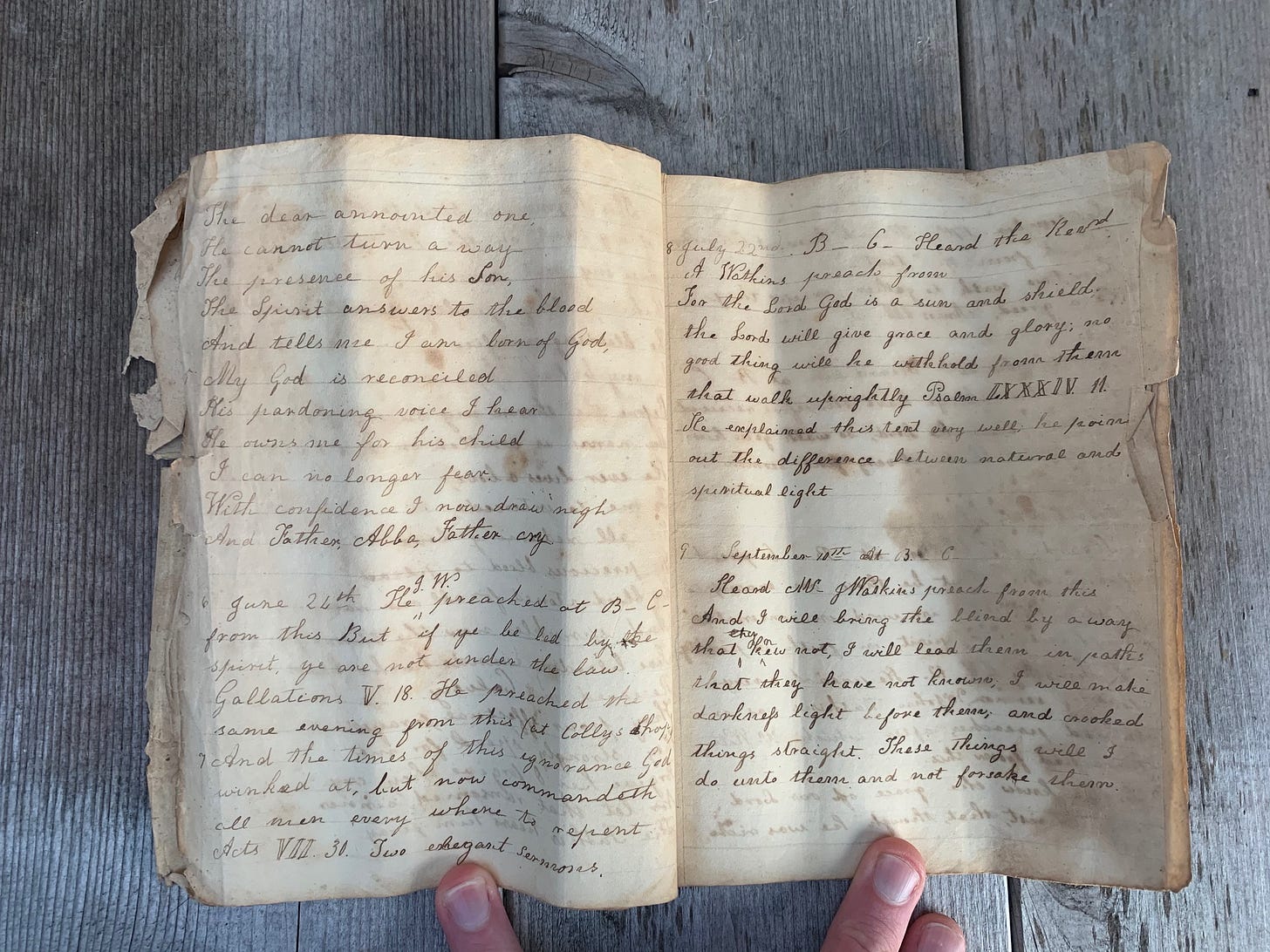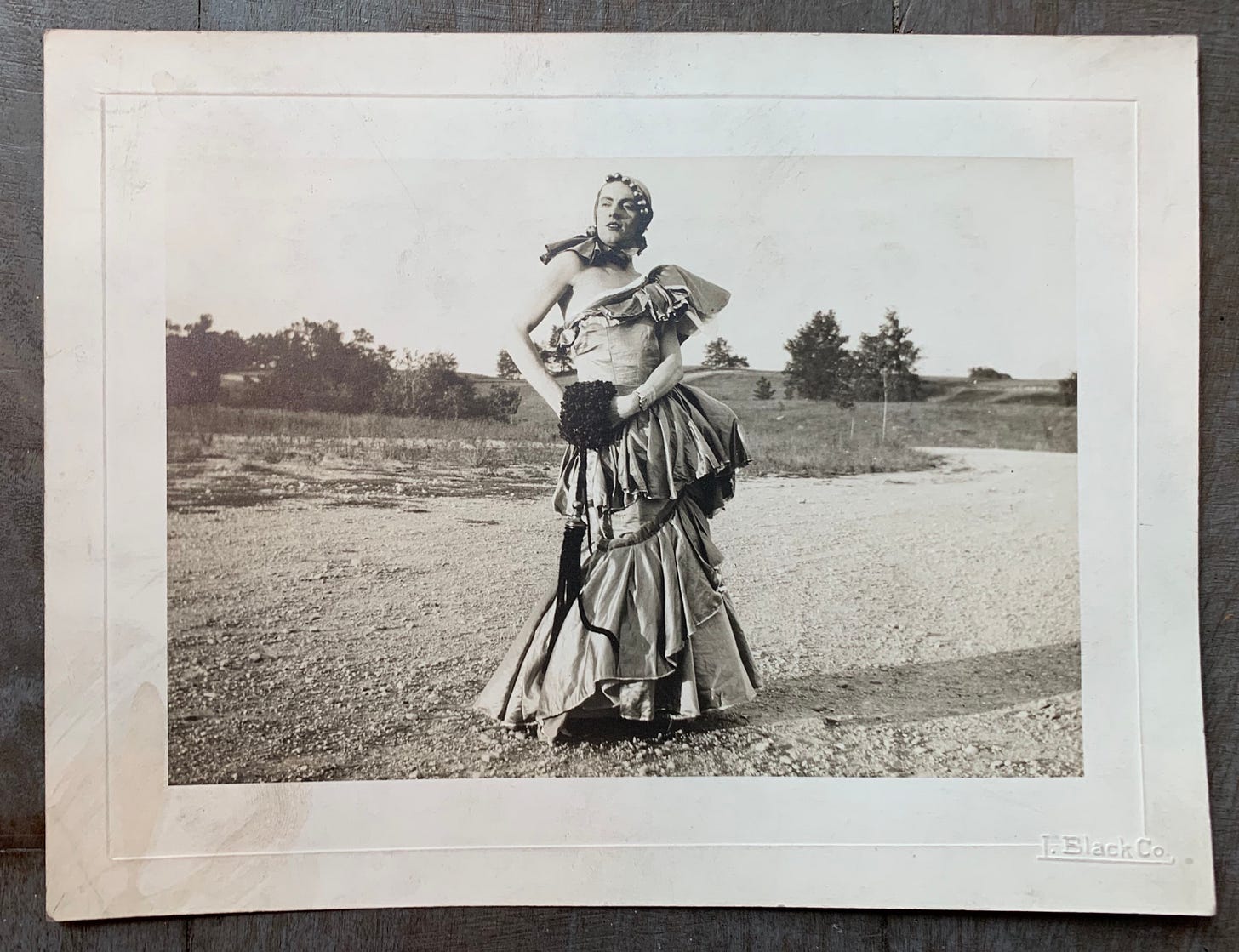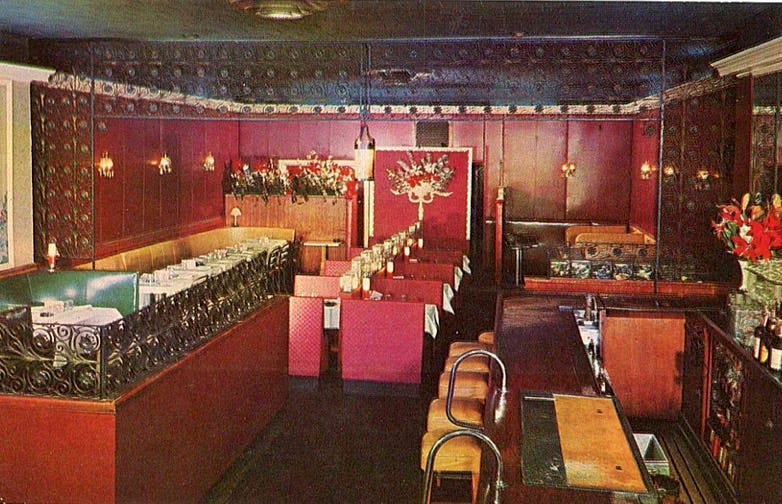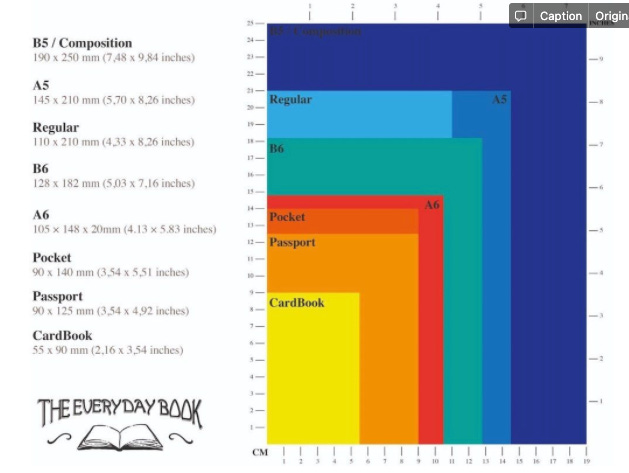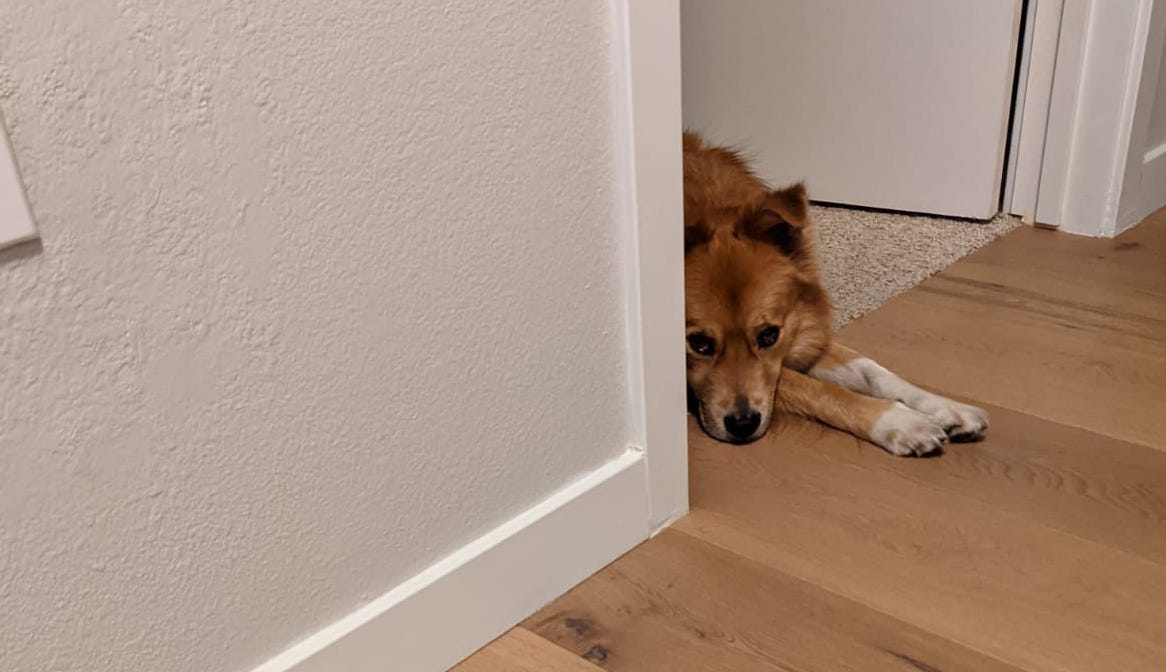30. guest newsletter: hugh ryan
thinking about ephemera in the archive
Hi there! 👋 I’m Ida, and this is tiny driver, a newsletter about research, pedagogy, culture and their intersections. Thank you for being here. Reach out anytime by just hitting reply, I love hearing from you.
I hope those of you in the Midwest and East coast have been staying warm! It reached single digits here in Chicago, and all I can say is that I am glad that it is now socially acceptable to stay inside all weekend. The wind has been a’flowin’, that’s for sure!
Today is a pretty special day for publishing this issue, because it’s been in the works for some time now. On today’s issue of tiny driver, I am featuring the voice of writer, historian, and curator Hugh Ryan.
Hugh is the author of When Brooklyn Was Queer, a place-based historical work on the queer community in Brooklyn. He is also the founding director of the Pop-Up Museum of Queer History. I first found out about his work when his name came up during a webinar at USC’s Levan Institute. After I looked his work up, I was particularly excited by what he was doing in both the physical and online spaces in order to center marginalized histories. Hugh has his own Patreon where he discusses his historical practices & writing projects, and can converse with his supporters in real time. This mechanism of real-time feedback on his writing pursuits was definitely one of the inspirations behind tiny driver, so it is now so humbling to feature his reflection & archival practice in this space.
I hope you enjoy his wonderfully curated collection of historical ephemera—items that he’s collected over the time of writing his first and current book project. Now, here’s Hugh:
What Hugh writes.
One lovely but accidental side effect of being a historian – at least, if you’re a packrat like me – is the ephemera you pick up along the way. Some of it I collected on purpose, like the mid-century tabloid magazines I’ve acquired as part of my research for my new book on the Women’s House of Detention, the prison that was once on Christopher Street. Some of it was given to me as gifts, or to ensure its preservation. And some of it is the accidental flotsam of my own four plus decades, now slowly turning into historically significant material.
When Ida invited me to write something for this newsletter, we thought it might be fun to show off a few of my random archival treasures – the things that inspire me. In quick chronological order, here are just a few:
An Anonymous Woman’s Diary, 1826-1827
I don’t know when I became a historian – it was never something I studied in school – but I became a collector in 1998, when I found the journal of a school boy from the late 1800s in a basement flea market in Dublin. Ever since, I’ve been collecting other people’s diaries whenever I can find them. This is the oldest one I have. I found it curled up inside a shoe, at an estate sale in Connecticut, with no indication of the author or even how it got in that particular shoe, at that particular sale. From reading it, it appears to be the 1826-1827 diary of a well-off woman, who spent most of her time traveling to (and recording) religious revivals.
The drag photos of Kenne (c.1920-1950)
Right at the beginning of the COVID-19 pandemic, an acquaintance reached out to me with an urgent request. His housing was suddenly up in the air, and he needed to get rid of boxes he’d been holding on to for years – one of which included a collection of photos, drawings, and scrapbooks, which he had inherited from a queer elder, who had in turn inherited them from their creator, a Detroit based artist and drag queen named Kenne, who was born in 1904. Other pieces of Kenne’s collection are still out there (and duplicates of the photos are at Yale), so I’m working on reuniting the remaining pieces, establishing their provenance, and finding a good archival home for them.
Virginia McManus on the cover of Confidential Magazine (1959)
Virginia McManus was the scandal of 1959 in New York City – an unrepentant substitute teacher turned sex worker turned writer. As part of my research, I set upu an ebay alert for “Women’s House of Detention,” and as soon as I saw this article she wrote on “Love Without Men in a Woman’s Prison,” I knew I needed it for my research. Reading it convinced me that McManus was a lesbian; a conjecture that I was finally able to prove last month, when I spoke with her girlfriend from 1958!
Postcard of the Interior of Tony Bonner’s Heights Supper Club (c. 1960)
The Heights Supper Club opened in Brooklyn Heights as a straight venue shortly after World War II. Although it’s not clear when it started serving gay customers, it was almost certainly one of the first official “gay bars” (as we would think of them today) in Brooklyn. Certainly it was a well known gay establishment by 1963, when it was raided and closed by the State Liquor Authority. I have no idea how these postcards of its interior came about; I found them for sale on a website in England while doing research for my book When Brooklyn Was Queer.
Daguerreotype from “Ole Dandy, the Tribute” Series by Felli Maynard (2020)
One of the most fascinating people I wrote about in When Brooklyn Was Queer was a late 19th / early 20th century drag king named Florence Hines. Hines was a phenomenon; the highest paid woman of color on the vaudeville circuit, and a central member of the cast of The Creole Show, a foundational work in the history of modern Black stage performance. Despite her fame, very little is known about Hines, and in my research, I could only find a single image of her (unlike her popular drag king compatriots, white performers like Ella Wesner and Vesta Tilley, who were very well documented). The artist Felli Maynard used Hines as the inspiration for their series “Ole Dandy, the Tribute.” As Maynard described it, the series
looks into the lives of two fictional characters that I created, Jean Loren Feliz and Angelo Lwazi Owenzayo. They are both male impersonators that would have lived during the early 1900s. I have always been interested in the whole idea of history, queer history, how there are a lot of gaps that just shouldn’t be there. And then from an Afro-Latinx perspective—my mom is Colombian and my dad is Panamanian. I don't know any of my queer ancestors related to my blood line and who that could have possibly been in my life. So me creating these characters is a way of me also looking into my own history, but also looking into this bigger history—of queer, trans, nonbinary individuals.
I was honored to get to know Maynard, and see the work exhibited at Pen + Brush gallery in New York City, where I acquired this image.
I hope you enjoyed this little tour through my stuff! You can keep up with my work on Twitter or support it on Patreon - and look out for my next book, The Prison on Christopher Street, which will come out late this year / early next from Bold Type Books.
What I consume.
In the Bookshop:
Currently Reading: Pachinko by Min Jin Lee
On Deck: Juliet the Maniac by Juliet Escoria
Item(s) of note.
My friend Amanda B. on the purpose of Black History Month: “placing Black humanity and contributions at the center of our collective consciousness and challenging narratives that affirm the status quo of inequality.” (Check out her newsletter: The Tuesday Tab!)
Why yes, I am a stationary nerd. What gave it away?
The most delightful thing I’ve seen in a while. Just trust me:
A pup-date.
Higgins is always peeping out of the doorway to make sure you’re still working:
As always, thanks so much for reading through, and I'll see you in the next one!
Warmly,
Ida


